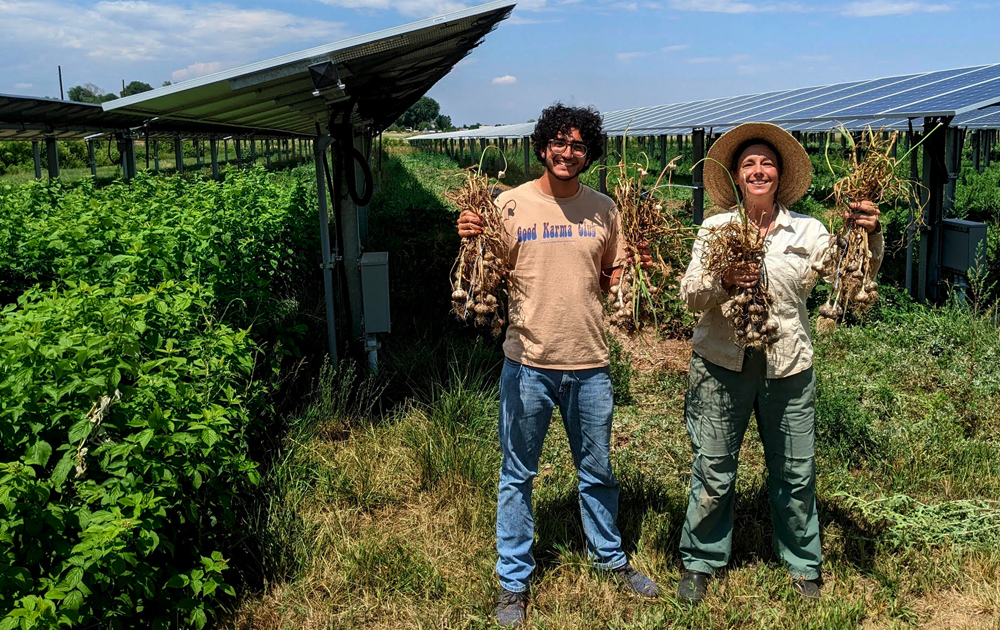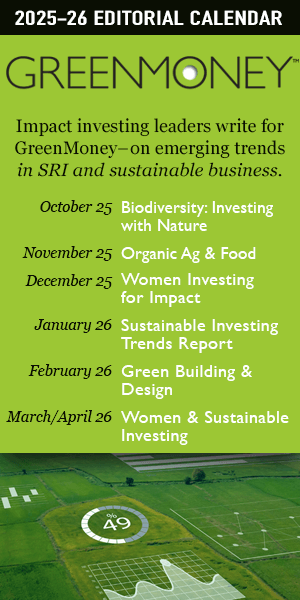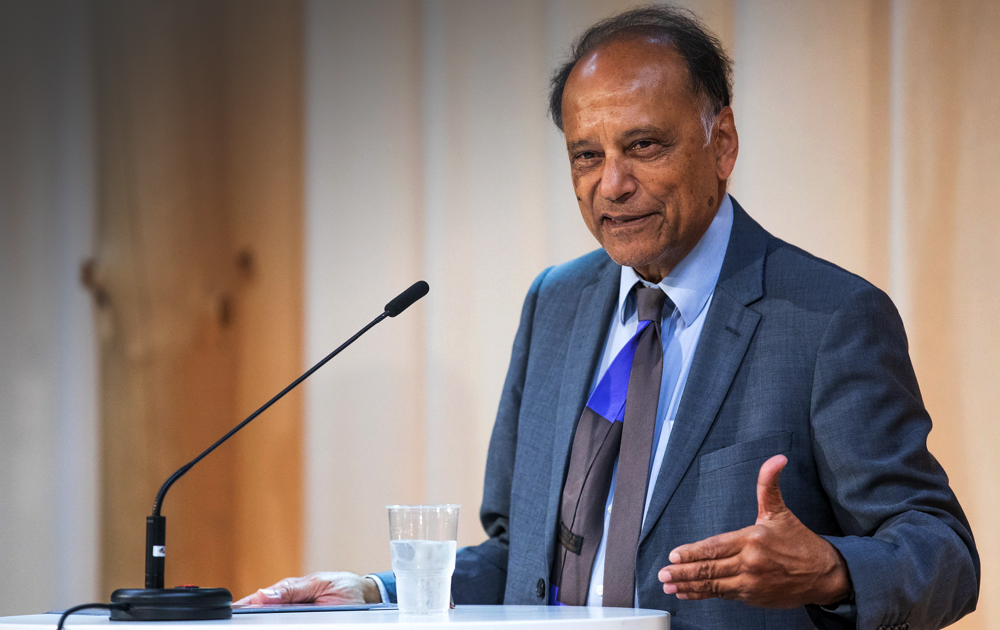It is perhaps an understatement to say that Americans feel more polarized than ever. It feels like we have internalized the polarization of the political divisions that shape our daily lives and adopted a binary mindset that colors our every action. We have become accustomed to viewing everything as “either/or”, only seeing opportunities for competition and opposition, quickly ignoring our built-in need for duality and mutuality.
There is a palpable discomfort in holding two truths at the same time, which especially comes to a head as we look at divisions within the agricultural community and the green energy transition.
Two things are true: we need to expand green energy development to meet net-zero targets, and farmers need access to their land to continue feeding the country as they have for generations. Historically, these concepts have felt at odds, leading farmers and rural communities to reject propositions for solar arrays that could help them financially, and solar companies taking quality land out of commission for industrial development. It doesn’t have to be this way. There is an elegantly simple answer that serves both the economic needs of rural communities and the critical needs of climate mitigation, and it’s ready to be adopted at a wide scale. Agrivoltaics is here to help, heal, and move us forward.
What is Agrivoltaics
Simply defined, agrivoltaics is the integration of solar panels and active agricultural practices. Today, the most common application of agrivoltaics is livestock grazing; however, there are growing examples of successful crop production and native pollinator restoration projects. It is a key climate adaptation tool, as solar panels generate clean electricity and create economic opportunities for landowners, while the critical shade they provide keeps moisture in the ground longer and reduces heat stress on vegetation, livestock, and farm workers. While challenges with the practice shouldn’t be ignored, it presents a unique opportunity to support our farmers as they face new and challenging headwinds. With rising labor costs, Trump’s burgeoning trade war, and landscapes overwhelmed by extreme climate fluctuations; the list of burdens that are shuttering American farms could go on for days. Agrivoltaics offers economic opportunities for family farms and rural communities, while improving their resilience as water supplies become more stressed, drought conditions intensify, and heat waves become more severe.
What to do with changing land
When Byron Kominek moved back to his family’s 24-acre farm in 2016, he learned quickly that he would not be able to grow hay to make a living in the same way his grandparents and parents did for 50 years. The owner & manager of Jacks Solar Garden and the director of the Colorado Agrivoltaic Learning Center found he had returned to a harsh economic environment for haying, and longer, hotter summers that routinely scorched the grass and dried the soil. As a farmer looking to make ends meet, Byron did what farmers have done for generations; he got creative. “The idea for converting the land came in 2018, when a professor from the University of Arizona and a researcher from the National Renewable Energy Laboratory approached me to gauge my interest in pursuing agrivoltaics on the farm”, said Kominek. After that conversation and some additional visits to Colorado State University’s agrivoltaics research site, the groundwork for Jack’s Solar Garden was laid.






















